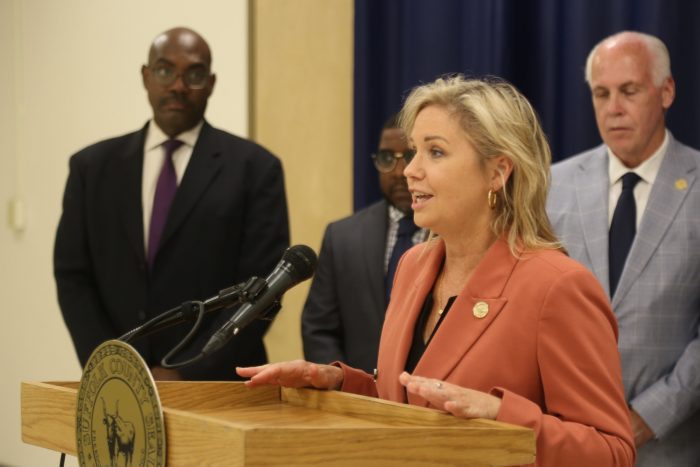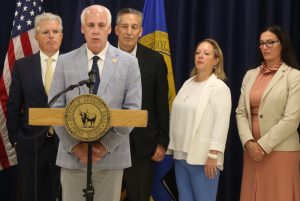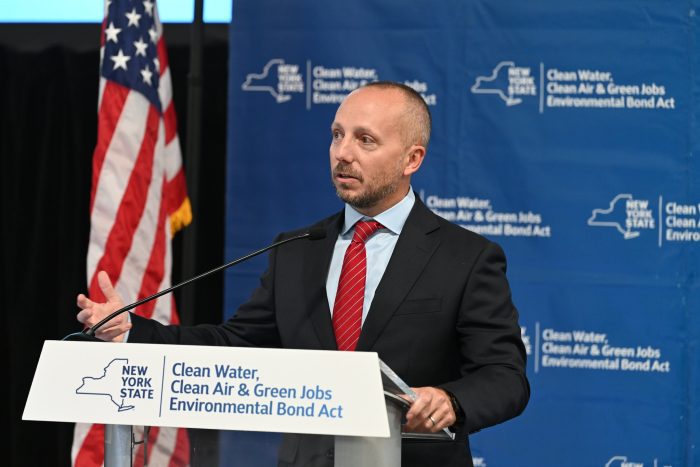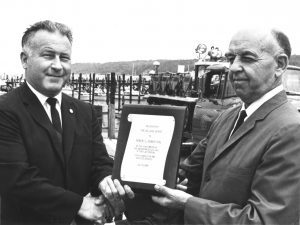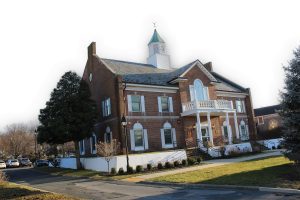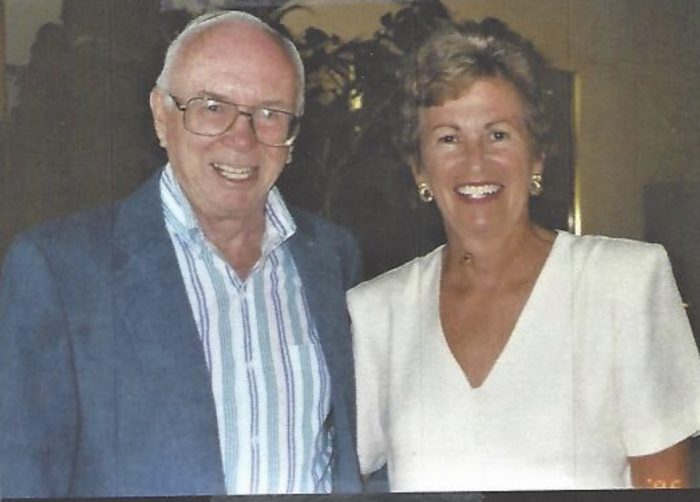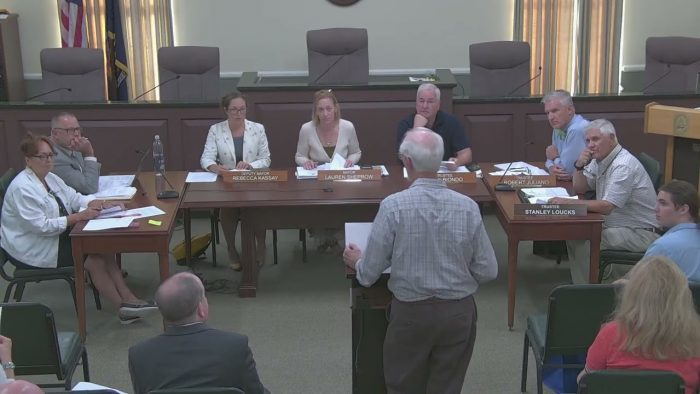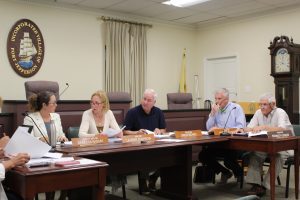Port Jeff’s annual Greek Festival celebrates Hellenic heritage
By Aramis Khosronejad
The Greek Orthodox Church of the Assumption on Sheep Pasture Road in Port Jefferson held its 62nd annual Greek Festival last week, Aug. 24-27.
This local tradition puts Greek food and cultural customs on display. Among the wide variety of festivities offered through the festival were carnival rides, store tents selling trinkets, authentic Greek food, traditional Greek folk dancing and live music.
In addition, the raffle held each year has grown increasingly popular, now representing one of the largest raffles in the Suffolk County area. The first prize was a 2023 Mercedes-Benz GLA 250 4Matic, and there were four other cars among the many raffle prizes.
The church is home away from home for many Greek descendants throughout the area. The idea for the church was established in 1956 by a small band of Greek immigrants looking to construct something to resemble their home country and culture. After years of raising the money necessary to build a church, the Greek Orthodox Church of the Assumption opened its doors for the first time in 1959.
Now, the church community consists of a tight-knit network of Greek families, many of whom hold fond memories of the church in their childhoods. The church comprises roughly 700 families today, a far cry from its small numbers when it first opened its doors.‘You can’t separate the culture from the faith or the faith from the culture in Greek history.’
– Father Elias Lou Nicholas
Father Elias Lou Nicholas is the priest, or “proistamenos” (one who presides in the Greek language), at the church. He was raised in the very same church in which he preaches now.
In an interview, Nicholas highlighted the rich culture of Greece and the thoroughly interwoven faith of the Greeks, noting the profound history of this heritage.
“You can’t separate the culture from the faith or the faith from the culture in Greek history,” he said. “The culture and the faith are intertwined.”
Nicholas also noted the architecture and art of the church, explaining how the church is designed to evoke the feeling of “ascending into the heavens.”
For Nicholas, the Greek Festival holds significance for the community, church and local Greek culture. In Greek, the word “philotimo” carries symbolic meaning, especially in the context of these festivities. Nicholas explained that it is not the easiest word to translate.
“‘Philo’ means friendship,” he explained. “What [“philotimo”] does mean is that the Greek people have a love for life and want to share that with people.”
George Voulgarakis, first vice president of the Greek Orthodox Church of the Assumption and the principal organizer of the Greek Festival, has supervised the planning of these events since 2009.
He noted how the festival’s popularity has steadily increased each year, with more and more people attending and cultivating interest in the spectacle.
Voulgarakis added how the festival “signifies the community getting together and unifying and making it a beautiful event.”
He also pointed to the festival as a means to connect to the religious calendar. “It’s pretty much the festival of the assumption,” he said. “We’re celebrating the assumption.” Aug.15 is the feast of the Assumption.
For him, Voulgarakis said, the festival mainly “symbolizes community.”





